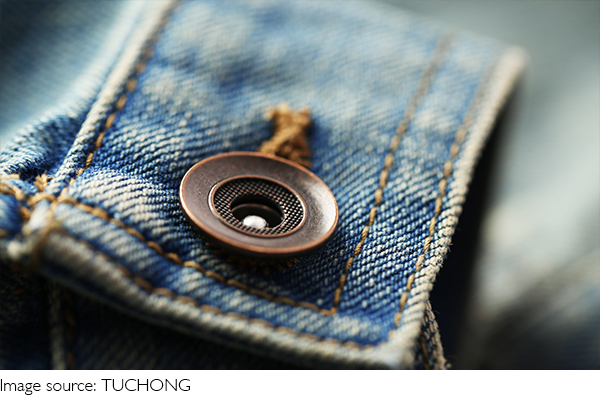True Value of Jeans

Choosing the right pair of jeans can feel overwhelming with prices ranging from $50 to $500. It's crucial to understand what factors contribute to these differences.
While some prioritize the perfect fit regardless of cost, others seek value beyond a designer label. No one wants to waste money on low-quality jeans.
Factors Affecting the Cost of Jeans
Material and Labor Quality:
Jeans pricing can vary significantly due to factors beyond just the brand name. Material quality plays a crucial role, where organic cotton or premium fabrics can drive costs up.
Labor-intensive processes like intricate designs, hand trimming, and artisanal finishes all contribute to the final price of jeans, ensuring durability and longevity.
Production Scale:
The scale of production also impacts pricing, with larger brands benefiting from economies of scale. Ordering in bulk leads to lower production costs per pair, enabling well-known brands to price their jeans competitively. Conversely, limited-run or exclusive jeans may come at a premium due to smaller-scale manufacturing.
Environmental and Ethical Practices:
Responsible sourcing and sustainable manufacturing practices add to the cost of jeans. Brands that prioritize fair wages and eco-friendly production processes might charge more to cover these expenses. Consumers increasingly seek transparency regarding a brand's ethical commitments, looking for certifications like B Corporation to guide their purchasing decisions.
Identifying Quality in Jeans
Material Composition:
The type of fabric used in jeans can indicate their quality. Thick, heavy denim often suggests premium material, while attention to stitching detail and finishes like frayed hems contribute to the overall durability and aesthetic appeal of the jeans.
Workmanship:
Tight, even stitches, along with intricate design elements and specialized finishes, reflect a higher level of craftsmanship in jeans. Consumers should look for clean folds and sturdy construction that are indicative of well-made clothing.
Price vs. Brand Value:
While brand names play a significant role in pricing, they may not always align with quality. Luxury branding can inflate costs due to marketing and branding strategies rather than superior materials or craftsmanship. Consumers should prioritize design elements and construction techniques over brand recognition to ensure they are getting value for their money.

By considering material quality, production practices, and brand transparency, consumers can make informed decisions when purchasing jeans. Looking beyond the price tag to evaluate the tangible aspects of jeans will ultimately lead to a more satisfying and sustainable shopping experience.
The True Cost of Jeans: How Much Should You Really Spend?
Video By Real Men Real Style

 · Science Team
· Science Team